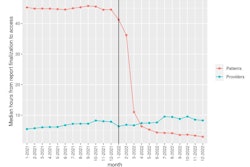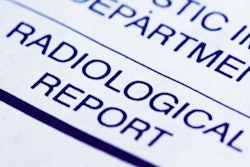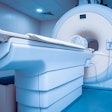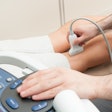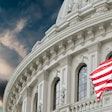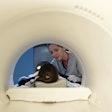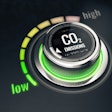Patients are accessing their imaging results faster, thanks to the 21st Century Cures Act, according to research published August 27 in JAMA Network Open.
Patients in outpatient settings, on average, viewed their radiology reports sooner than patients in inpatient and emergency department settings, wrote a team led by Jordan Pollock, MD, from the Mayo Clinic in Phoenix, AZ.
Effective January 15, 2022, the 21st Century Cures Act included mandates for healthcare organizations to release test results to patients immediately. Prior to the Cures Act, clinicians could delay results with a 36-hour embargo to better coordinate care and deliver results to patients.
Pollock and colleagues explored trends in patient access to imaging results after the Cures Act was implemented, including differences among patients in different clinical settings.
“We aimed to specifically investigate trends among patients who access radiology reports promptly,” they wrote. “For this purpose, we selected reports that were accessed within the first 24 hours of release.”
The single-institution study included data collected in 2021 and 2022 from more than 84,000 patients and nearly 243,000 exams taken in inpatient and emergency department settings. The outpatient group included about 336,000 patients and more than one million exams.
Patient's time to access reports decreased substantially before versus after the Cures Act’s implementation, the researchers reported.
Median time to patients accessing radiology reports before and after Cures Act implementation (not including 36-hour embargo time) | ||
Patient setting | Before Cures Act | After Cures Act implementation |
Inpatient, emergency department | 9.1 hours | 2.8 hours |
Outpatient | 4.9 hours | 1.1 hours |
The trends were similar across different patient characteristics, including race and ethnicity, gender, and insurance type. The team noted that these decreases do not include the removal of the 36-hour embargo after the Cures Act was implemented. With that data included, the total time for patient access before Cures Act implementation would be 45.1 hours and 40.9 hours, respectively.
Critics of the Act say that patients could review their test results before their practitioner, which may cause confusion and anxiety among patients who may not understand their findings.
Other consequences include patients discovering sensitive health results electronically rather than in person and practitioners facing higher call volumes from patients, the group wrote.
The full study can be found here.






